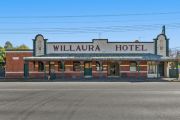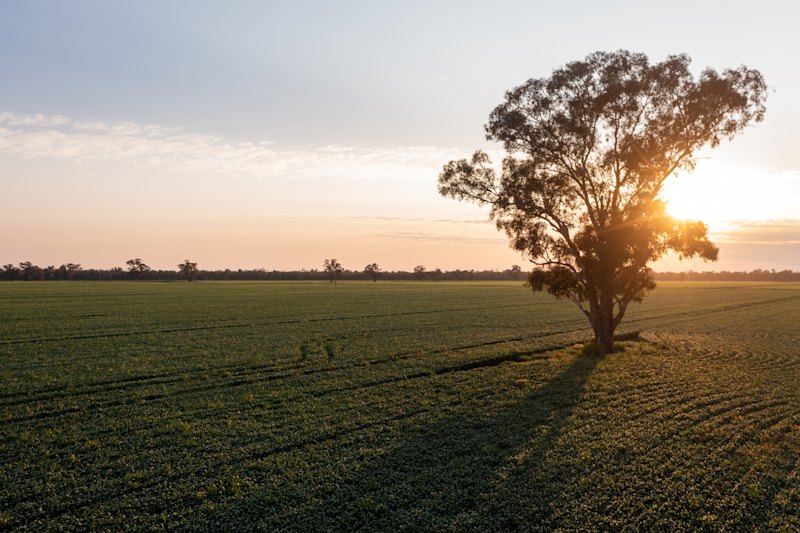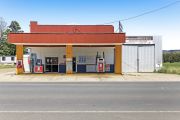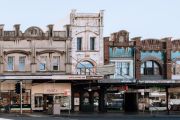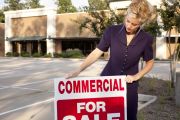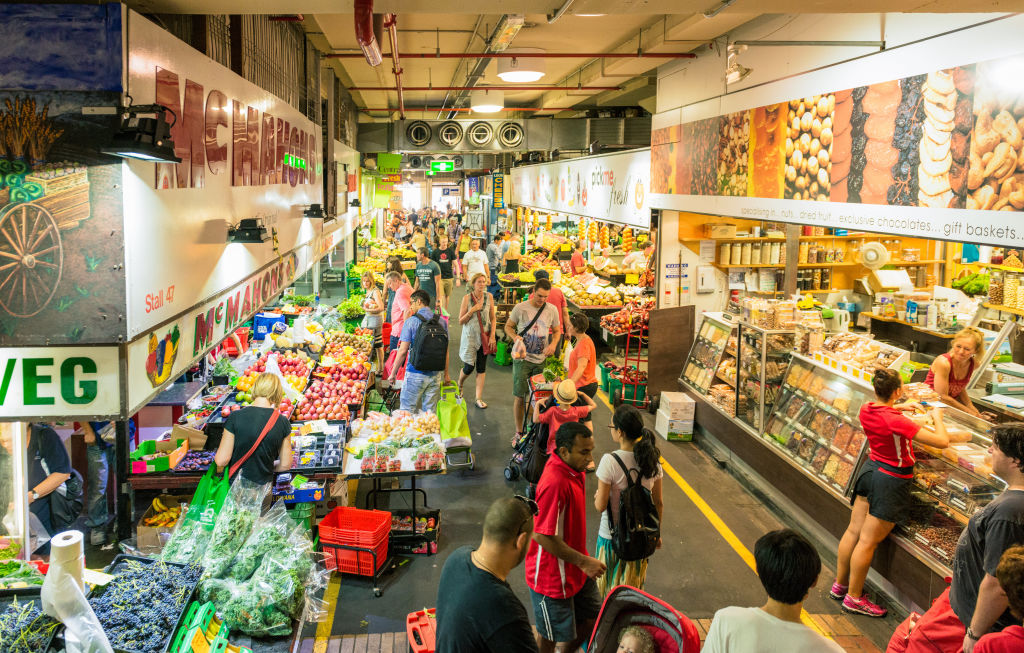
Adelaide's 'confident' retail market buzzing as demand grows
An increase in migration, with a new focus from the government on entrepreneurship and business, is fuelling growth in Adelaide’s independent retail sector, agents say.
“A large number of these migrants are from cultures where doing business is a way of life and the natural way to earn a living, as opposed to finding employment,” said Belle Property Commercial retail leasing executive Matt Lazarus.
“Also, the relatively low cost of living in Adelaide allows for more retail spending and this is why a large number of people are moving here to Adelaide.”
The new wave of migration from business operators and entrepreneurs has increased demand for small commercial properties for lease in the Adelaide CBD and metro areas, in addition to new businesses and services being available for consumers, Mr Lazarus said.
“There is one word to describe why the Adelaide commercial property market is performing differently now compared to previous years and that is with ‘confidence’,” he said.
“We are experiencing a significant increase in interest from all over Australia, whether it be leasing or investment sales, and this confirms that Adelaide is now one of the best places in the country to invest and do business.”
The state of Adelaide’s office market heavily influenced the retail market, LJ Hooker Commercial Adelaide sales and leasing manager Romualdo Cicchiello said.
“While conditions for clothing retailers have been tough, food-and-beverage operators are performing well and that’s off the back of an improved CBD office market,” Mr Cicchiello said.
“Adelaide’s employment market has been challenged in recent years but it firmed by more than 300 basis points in the past three years, largely due to professional employment.
“Indeed, Adelaide has just come off the best 12 months for office absorption since the GFC, with 16,500 square metres of space taken up with a flight to A and B-grade space.
“When 100 square metres of absorbed office space hosts an average of 10 workers, which translates to more lunches and coffees along Pirie and Grenfell streets and James Place, Adelaide is positioned to head into 2021 with very strong office conditions.”
Mr Cicchiello said retail landlords were happy to offer the right incentives for a quality tenant in the hospitality sector.
“And the restaurant landscape has significantly changed in Adelaide. The standard of fitouts has definitely lifted, right through to cutlery and glassware,” he said.
“There are numerous operators doing amazing things in terms of refining and exploring unique dining experiences.”
Mr Lazarus said the arrival of H&M and the new Romeos Foodland, had brought a new-found energy to Rundle Mall, with a high demand continuing for mall-facing tenancies.
“Gouger Street is now arguably the number-one dining spot in Adelaide and with the popular surrounding Adelaide Central Market and Chinatown, this area is now the most visited destination by international tourists,” he said.
CBRE Adelaide large format retail director Dallas Sears said there was currently a lot of confidence in the South Australian economy.
“We have the naval yards, new clean manufacturing, the bio-med precinct and we are starting to attract some new and exciting industries such as film, with Technicolour basing themselves here,” Ms Sears said.
“Generally speaking, if people feel confident in their future employment prospects and know they have a stable income, they have more confidence in spending their money in the retail sector and on entertainment, such as food and beverage.”
Ms Sears said while retail confidence was high and retail trade was performing well, there was some vacancy in the large-format retail sector due to the recent collapse of Radio Rentals and Toys R Us.
“Rents in Adelaide do not traditionally see the peaks and troughs that are experienced on the eastern seaboard. Generally the increases are smaller, but steadier,” she said.
Savills South Australia national head asset management and state managing director Rino Carpinelli said the independent retail sector’s strong performance was due to the speed of which it adapted to changing consumer needs.
“Typically independent retailers have very flat management structures, are incredibly resourceful and have the ability to make quick decisions to benefit their businesses,” Mr Carpinelli said.
“They are also very good at organising local produce, delivery straight into store and providing what the customer wants quickly in a certain demographic.
“The independent retailers have been forced to adapt and change quickly with the introduction of discounting which they have benefited from and we expect they will continue to benefit from this in the years to come.”
Household goods spending continued to increase each year in South Australia, Ms Sears said, with an estimated turnover of $284 million per year.
“The two strongest performing sectors at the moment are electrical and furniture, which is a change from recent times where the strongest performer has been hardware and outdoor and recreation,” Ms Sears said.
